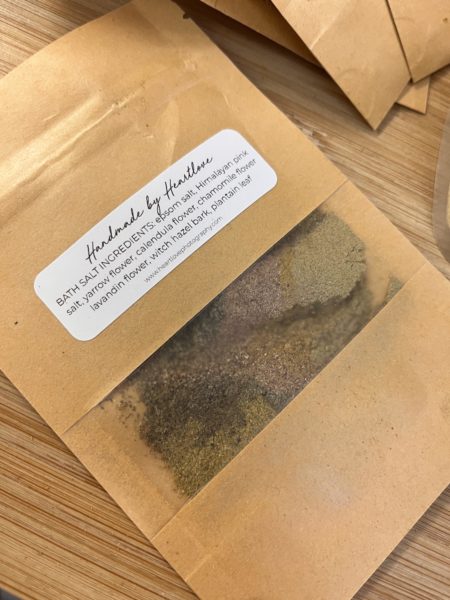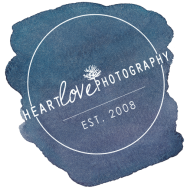
Herbal sitz baths are an amazing way to help soothe and heal your sore bottom after giving birth. Across generations and cultures – from Traditional Chinese Medicine to Ayurveda – warming soaks are recommended to help us recover and provide relief. In the days and weeks after birth and whether or not you’ve had tearing, stitches or hemorrhoids, use this herbal bath salt recipe to aid in your recovery.
Herbal Sitz Bath Recipe
- Epsom Salt
- Himalayan Pink Salt
- Yarrow Flower
- Calendula Flower
- Chamomile Flower
- Lavandin/Lavender Flower
- Witch Hazel Bark
- Plantain Leaf
- Sitz Bath (a shallow insert to your toilet allowing you to only soak your bottom)
- Combine salts and herbs in 1 quart boiled water.
- Steep (like you’re making a cup of hot tea!) then allow to cool.
- Place sitz bath into open toilet.
- Strain and pour the herbal mix directly into sitz bath. Be sure to fill deep enough to cover your perineum.
- Soak for 10-20 minutes or as directed by midwife/OB.
- Stand up and pat dry with a clean cotton towel. Sitz bath liquid can be dumped into toilet and flushed.
- Ask your postpartum doula or other support person to wash the sitz bath so it’s ready for it’s next use.
Make a larger batch and pour the infusion into your bath tub for a whole body soak or fill the tub with 3-4 inches or water for a “hip bath.” Make sure your tub is cleaned to prevent infection.
Put the herbal mix into in a peri-bottle for a soothing herbal rinse.
Pour onto a pad or washcloth for a perineal compress.
Risks to note:
- Using hot water can burn your especially sensitive bits – even water that feels comfortable on your hand or at first can cause harm.
- Bacteria that lives on surfaces can cause infections. Make sure your sitz bath or bath tub has been properly cleaned (a bleach and water mixture is recommended) and then properly rinsed so no cleaning product remains.
The herbal ingredients are up to you! Other ingredients that promote healing and soothing are comfrey leaves, arnica flowers, mugwort, red clover, St. John’s Wort, frankincense, rosemary leaves, sage leaves, uva ursi leaves, baking soda or sea salt.
Ingredients can be divided into 3 categories: antiseptic/antibacterial, anti-inflammatory and uterine toners.
+ Lavandin is a hybrid of English and Portuguese lavender – it is antiseptic, anti-bacterial, anti-fungal, anti-inflammatory and has a sweet floral aroma.
+ Calendula is energetically cooling and very soothing to skin. It’s antifungal and antimicrobial properties help prevent infection and heal injured tissue.
+ Chamomile soothes skin and inflammation and promotes wound healing.
Chamomile, Calendula and Lavender are also known anodynes and help reduce pain.
+ Yarrow is anti-inflammatory and soothing. Known as an amphoteric, it has 2 seemingly opposite effects to both stop bleeding and increase circulation.
+ Witch Hazel Bark is anti-inflammatory and a uterine toner.
+ Plantain leaf is anti-inflammatory and helps skin regeneration. It contains a substance called allantoin that is highly beneficial for soothing skin and promoting new cell growth.
+ Himalayan Salt is antiseptic and contains trace minerals like chromium, zinc and sulphur that may be absorbed through the skin.
+ Epsom Salt is Magnesium Sulfate (magnesium, sulfur and oxygen) is readily absorbed through the skin. Promotes relaxation on the muscles as well as increased circulation.
I remember leaving the hospital with a number of postpartum instructions and supplies including pink, plastic vessel – I didn’t have a clue what it was for. After 12 weeks of struggling with stitches that didn’t heal, I finally had a provider demystify the pink tub. At it’s simplest you put it in your toilet seat and fill it with water then sit there for a bit. They come with a plastic bag and tubing that can be filled with cold or warm water and hung from point higher than the toilet (you can hold it, hang it from your shower curtain rod or rest it on a counter) and let the water run through the bath to keep it moving over your perineum. With the bag, you can keep refreshing the water so it stays the most comfortable temperature.

